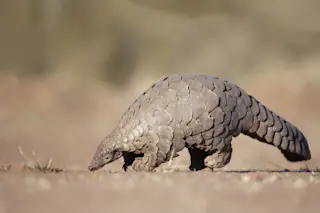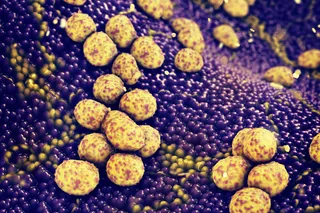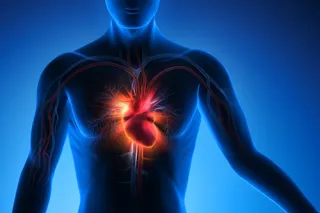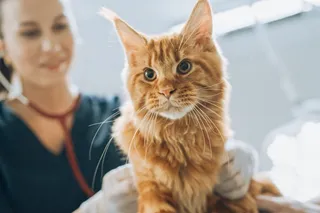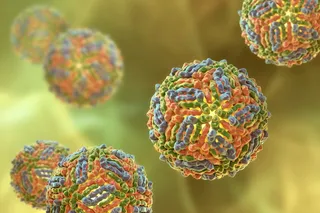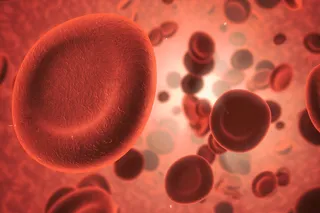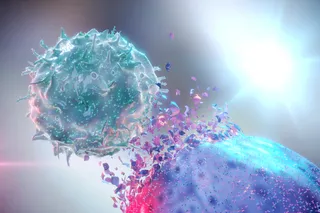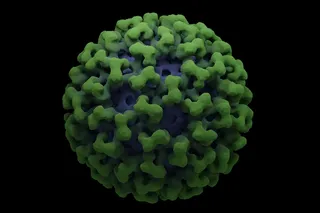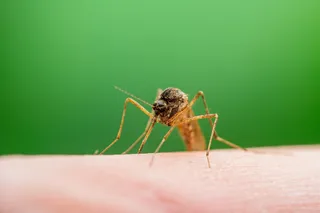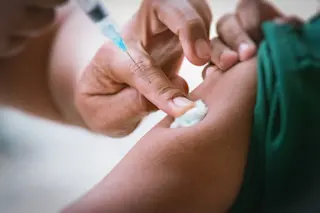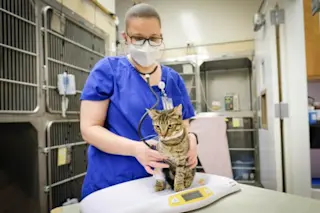Zoonotic diseases like avian flu are making headlines again. Researchers recently found that animals on a farm in New Mexico tested positive for the virus, along with several other farms in Texas.
Though the virus does not pose as large of a threat to the public as other viruses, such as COVID-19, the recent spike in cases begs us to question how these zoonotic diseases transfer to humans and what we need to watch for.
All animals harbor viruses, bacteria, fungi, and parasites, ranging from one-celled animals to 80-foot-long tapeworms. Plants are also infected.
We’re relatively safe from these things. Mostly, these disease-causing agents stick to one host species. And many barriers stand between each of us and that infected host. When a disease breaks down the barriers between animals and people, it’s called a zoonotic disease. It’s rare that a disease blasts through enough barriers to cause a global ...


